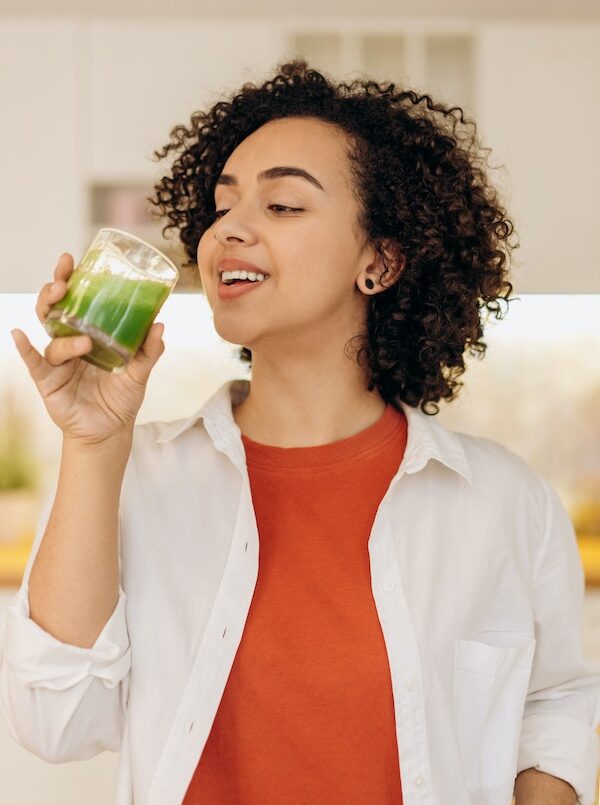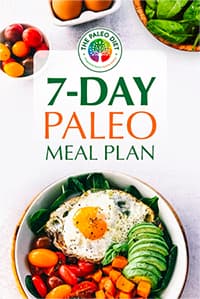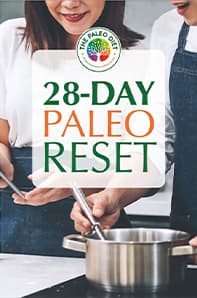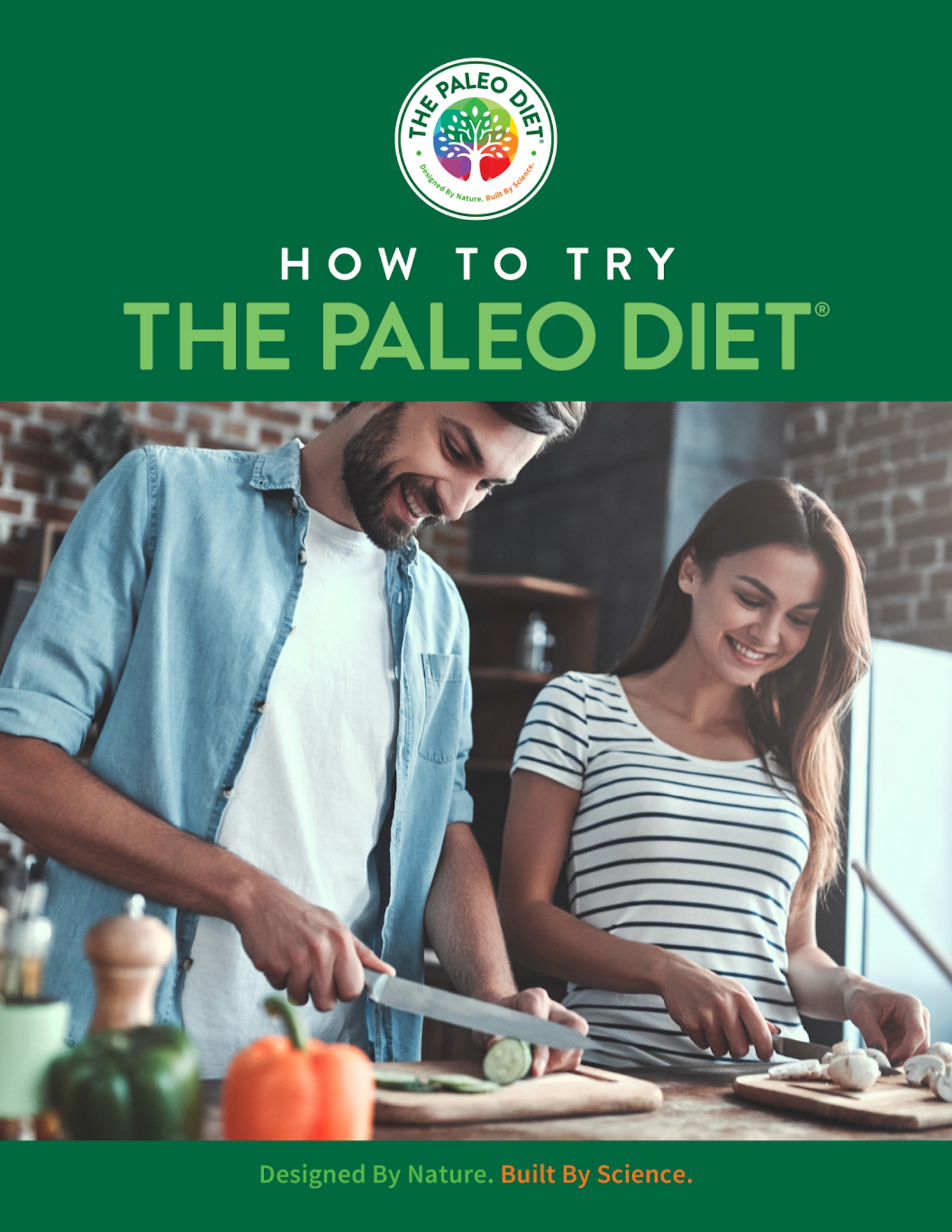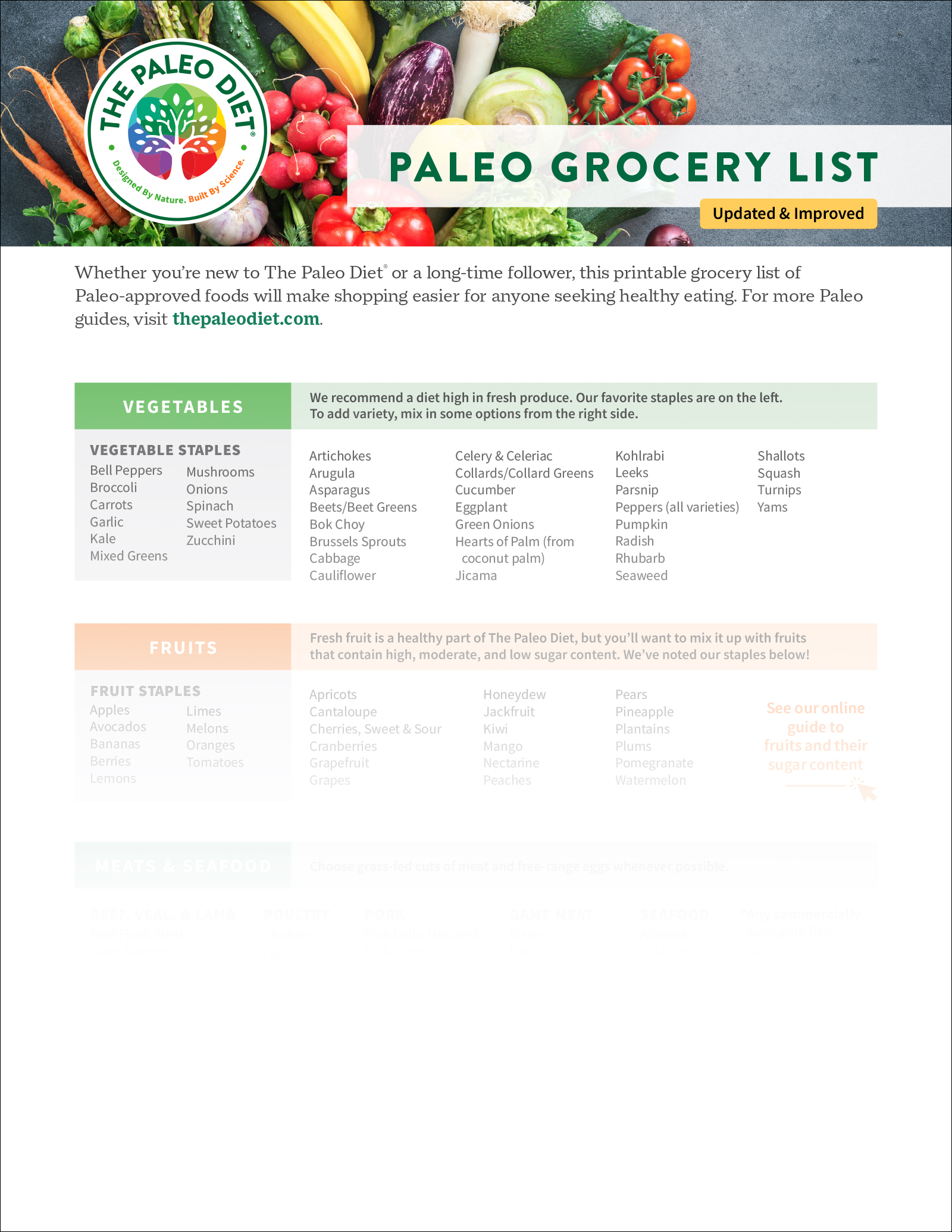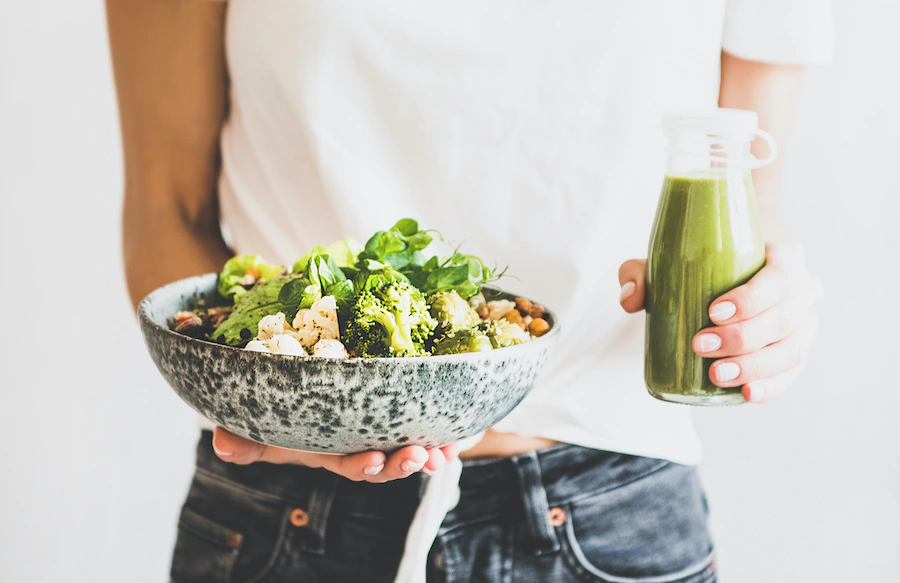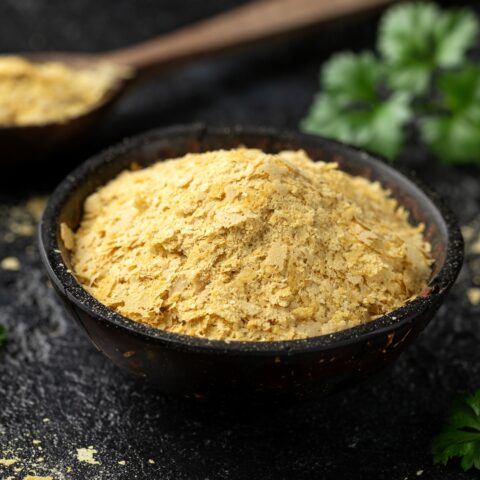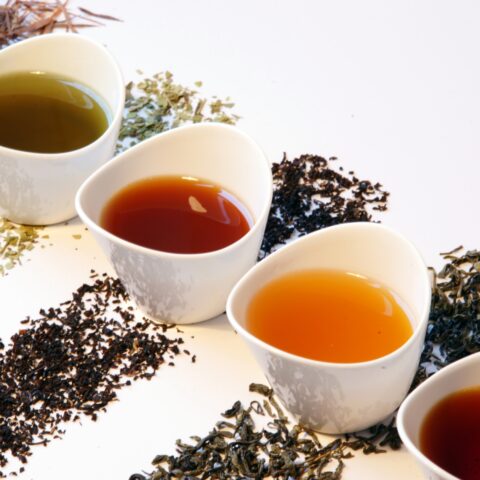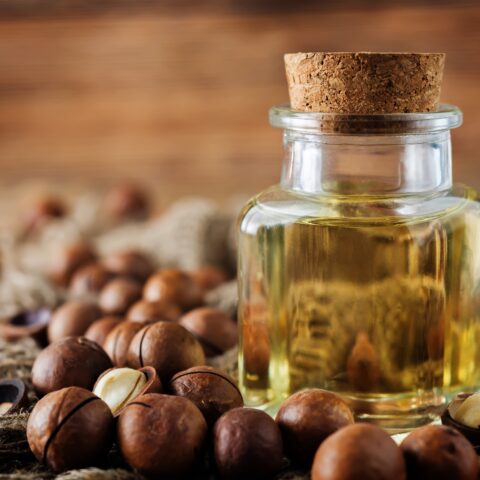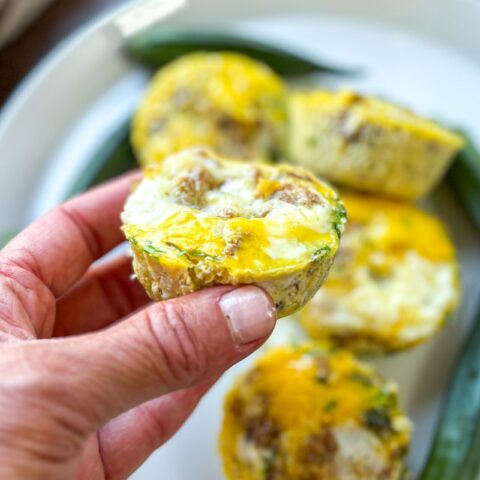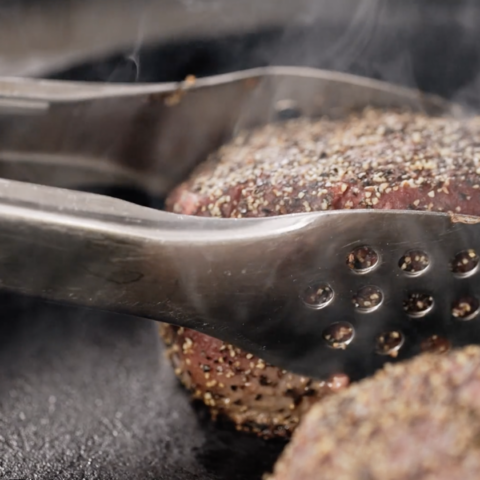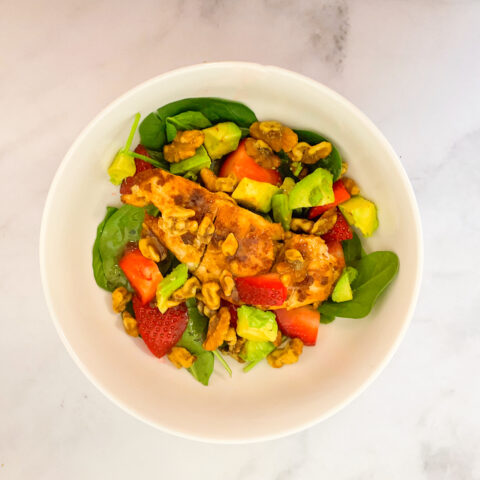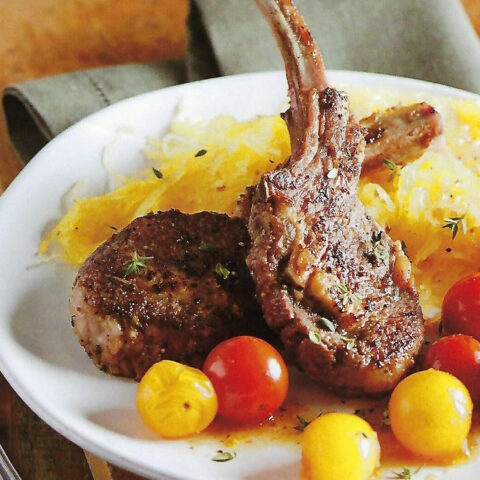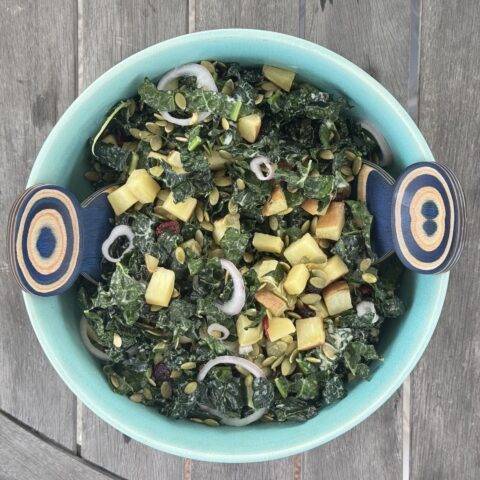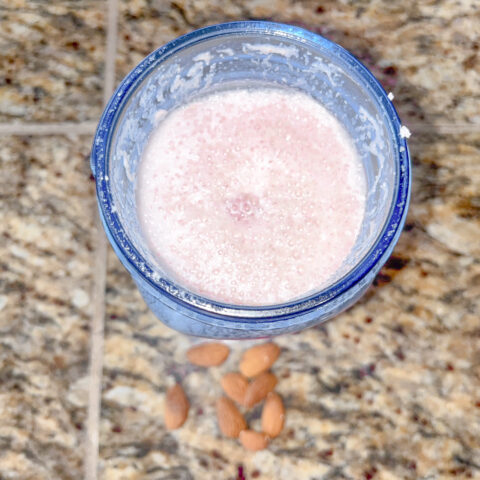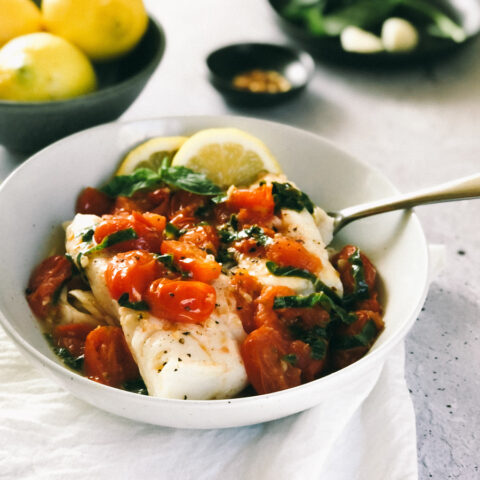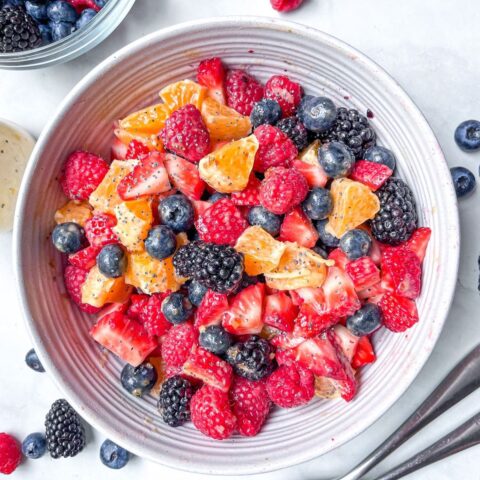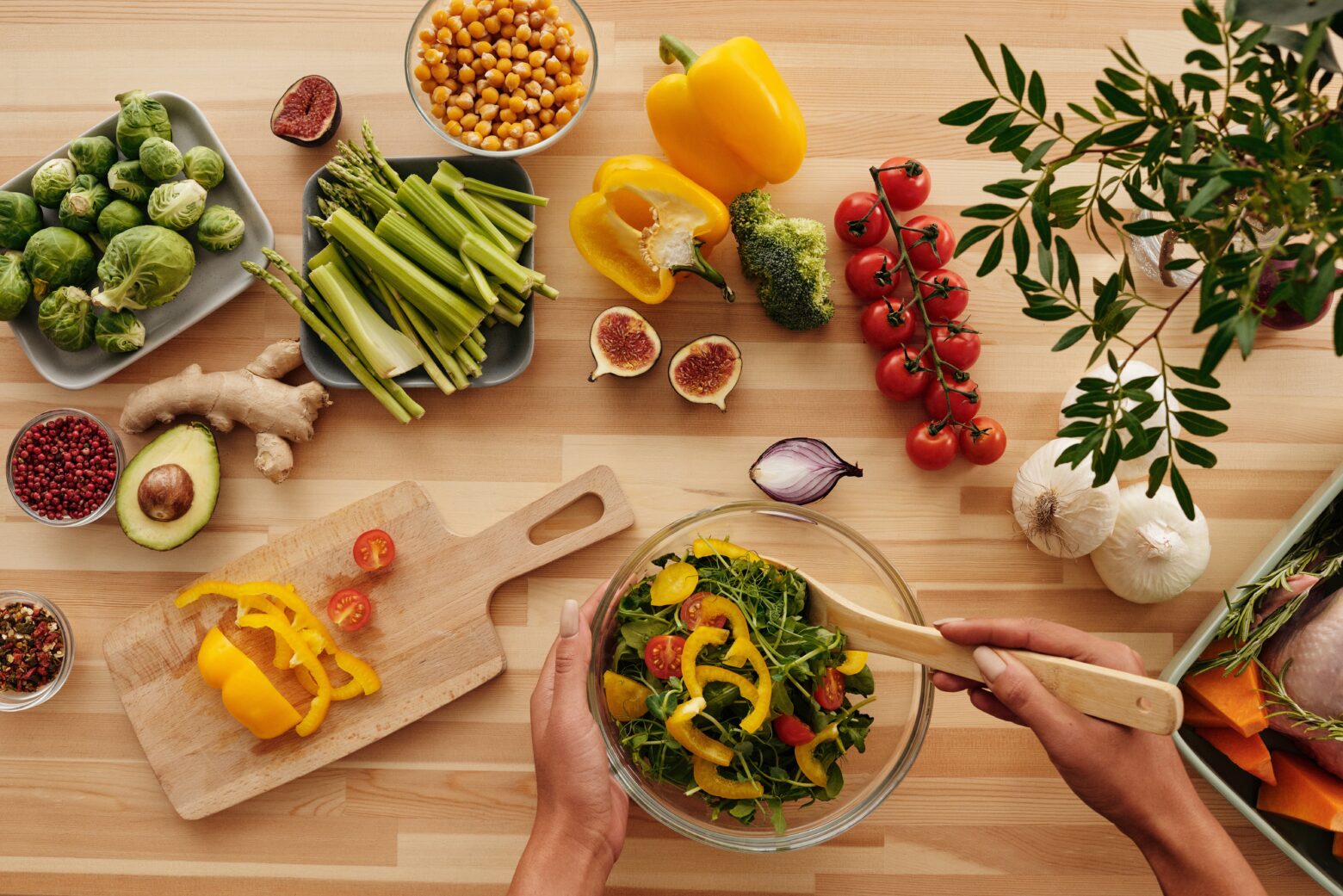
Try The Paleo Diet®
Get Started
Try out The Paleo Diet® with these helpful getting started resources. And see how it actually works.
You’ll be naturally stronger and healthier, from day one.
7-Day Paleo Meal Plan
Try The Paleo Diet®! Enjoy tasty breakfasts, lunches, and dinners in our easy-to-follow meal plan. After just one week of pure Paleo eating, see how good you feel.
SEE IT28-Day Paleo Reset
Transform how you feel through 28 days of 100% Paleo eating. In this month-long reset, you’ll follow our simple meal plan full of healthy breakfast, lunch, and dinner recipes.
SEE ITHow to Go Paleo
We’re here to help you start your journey. This guide is the only official resource on how to go Paleo from the science team that founded the original Paleo Diet.
SEE ITThe Official Paleo Grocery List
Whether you’re new to The Paleo Diet® or a long-time follower, this printable grocery list of approved foods will make shopping easier.
SEE ITI Tried The Paleo Diet for Seven Days. Here's What Happened.
I decided to go Paleo, cold turkey, for seven days. Even after a short time I felt many of the diet’s benefits like weight loss and improved sleep. I challenge anyone looking to jump start their health to try it, too!
